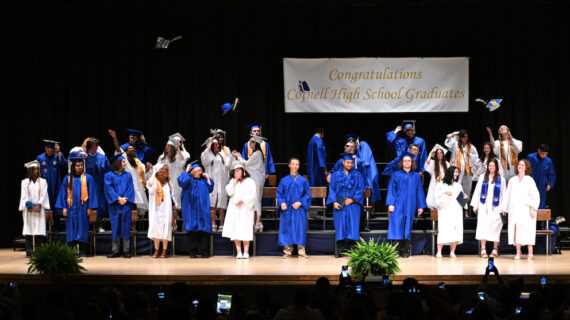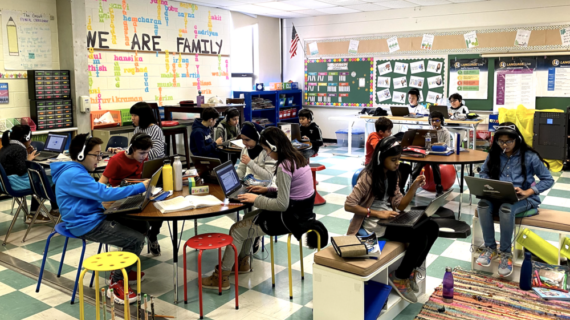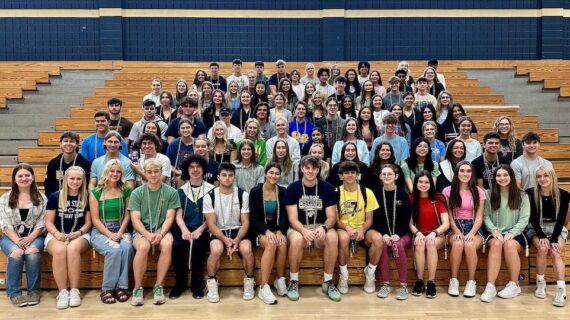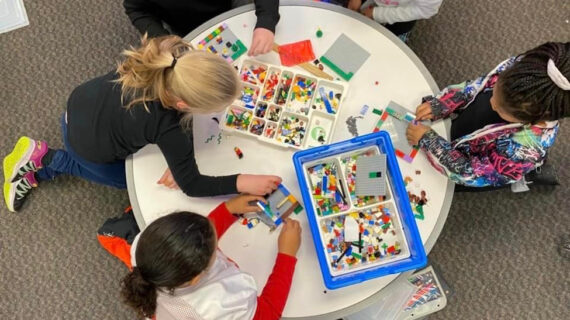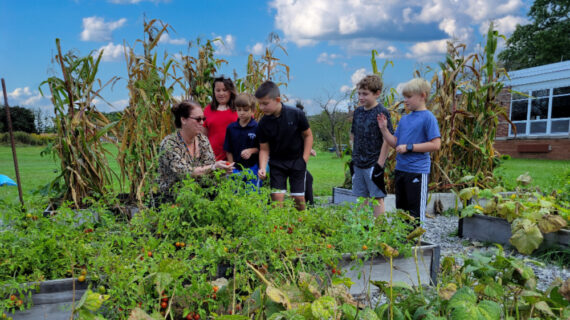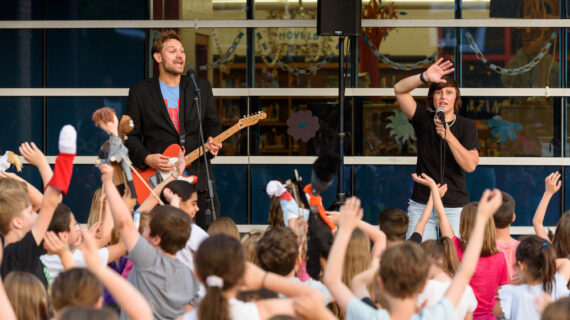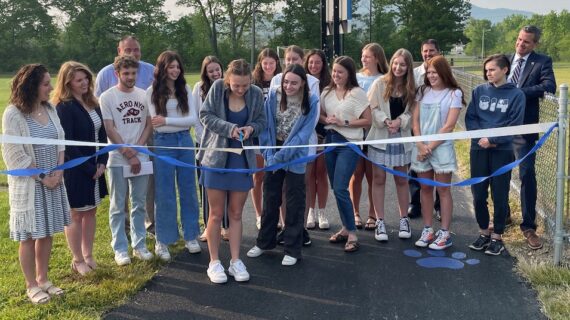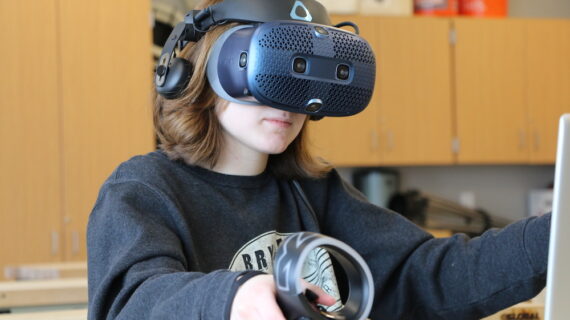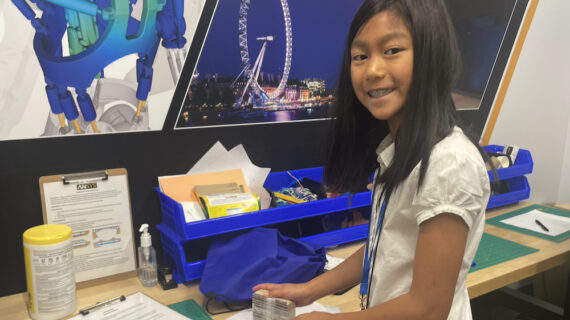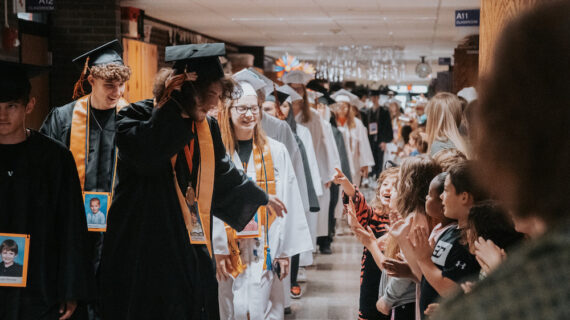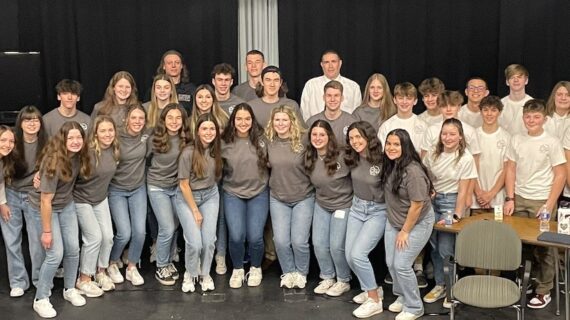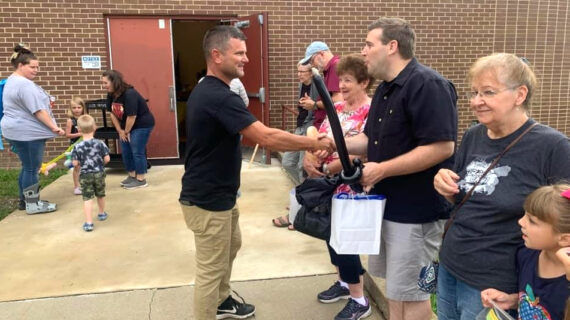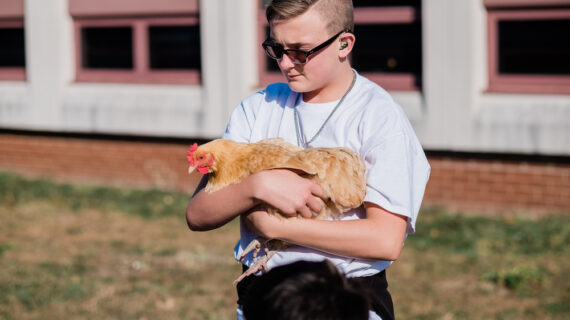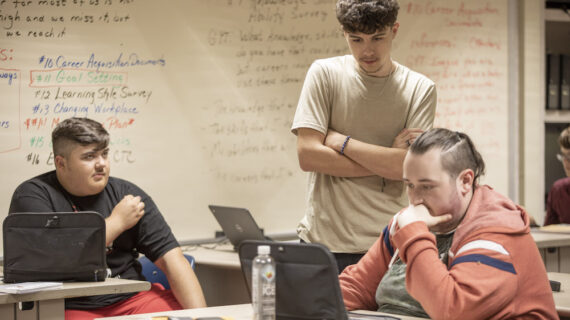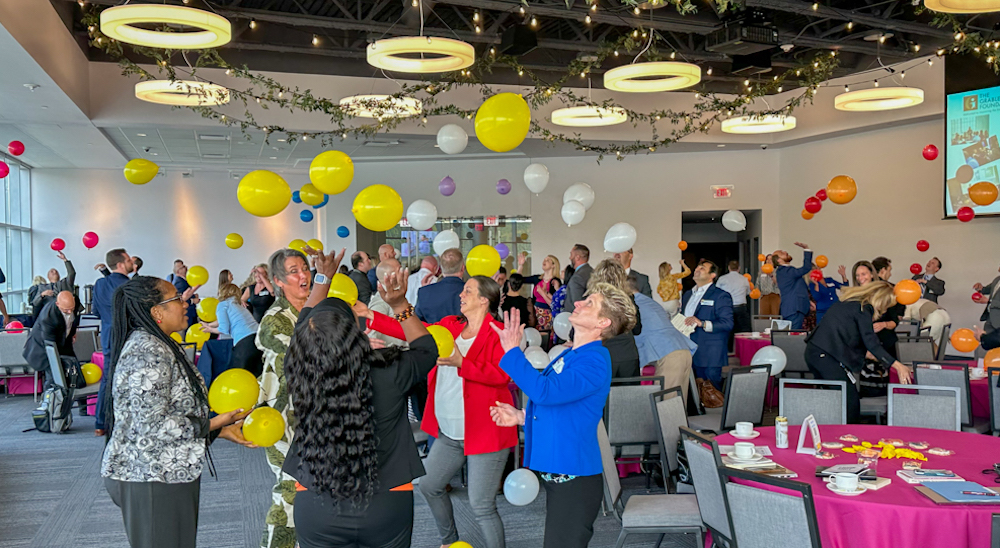
The Western PA Learning 2025 Alliance wraps up two years of innovation — and looks to the future
All photos courtesy of AASA.
The final weeks of the school year are among the busiest for teachers and administrators alike. But despite their full calendars, members of the Western Pennsylvania Learning 2025 Alliance found time to gather at the Carnegie Science Center on May 18.
As they’ve been doing throughout the past two years, this group of Pittsburgh-region superintendents met to share ideas, ask each other for input and look ahead to the work on the horizon. They also took a moment to celebrate all that has been accomplished so far in the 30-plus school districts that make up the Alliance. (To see if your child’s school is involved, check out this collection of stories about each of the participating districts.)
The Learning 2025 Alliance aims to holistically redesign the teaching and learning that happens in public school systems, so that students can graduate with a toolbox of vital skills including problem-solving, creative thinking and the ability to collaborate.
“We can’t produce kids that just get a job,” AASA’s executive director David Schuler said at a Learning 2025 meeting earlier this year. “We need them to be able to navigate an ever-changing global economy.”
With that in mind, Alliance members have spent the past two school years sharpening their own creative thinking and collaboration skills during in-person and virtual meetings, and visits to other districts in the Pittsburgh region and beyond.
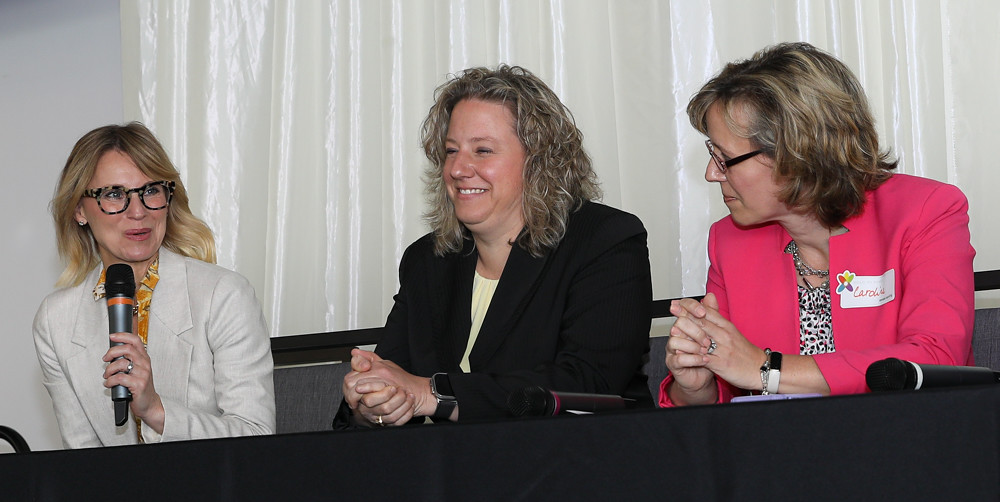
In small groups and as a whole, they have tested new ideas around everything from student mental health and school culture to building innovative career pathways. Along the way, they have shared those discoveries with one another — including the speed bumps and road blocks that can crop up.
“This is a time of collaboration, a time of learning and it’s an opportunity to try something new,” said Dr. Bille Rondinelli, a Grable Foundation fellow and a co-coordinator of the Learning 2025 Alliance.
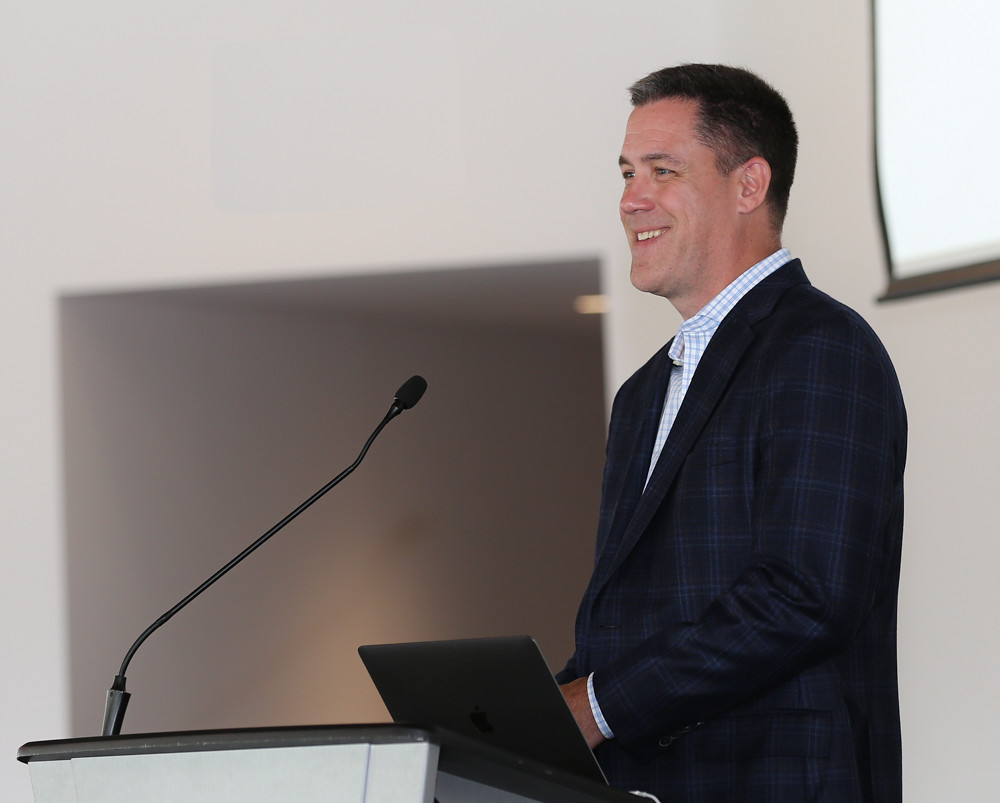
That collaboration was on display during panel discussions and individual speeches from superintendents who have made “little bets” on innovative changes.
School leaders took notes as Seneca Valley‘s superintendent Dr. Tracy Vitale spoke about an innovative after school program at Gloyer Middle School that addresses the needs of kids who are struggling. The goal isn’t to babysit these kids, Vitale said, and it’s also not about giving them detention.
“These same kids are getting in trouble outside of school,” she said. “They need mentors. They need us beyond 3 o’clock.”
So Seneca Valley created an after school program that helps kids develop social-emotional skills, cultivate smart choices and begin to discover what they love to do. The district needed to find the money to do this work, Vitale said, and “needed to take down barriers” to helping these students.
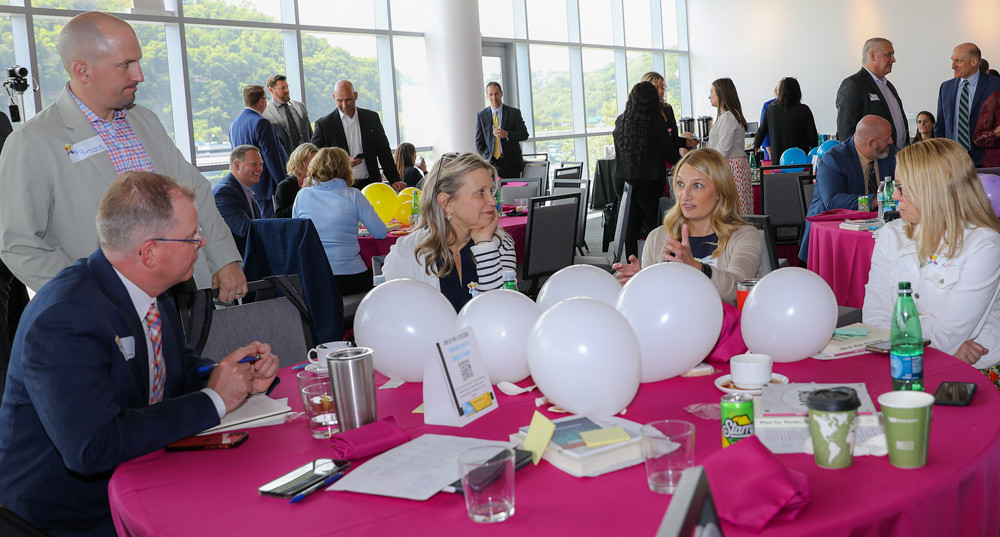
The Grable Foundation, along with the Richard King Mellon Foundation and the Pittsburgh Foundation, has supported the Alliance and funded innovative ideas like these through grants, including Tugboat Grants to help districts surge forward.
This sharing of ideas is at the heart of the Learning 2025 Alliance’s mission.
At the gathering on May 18, district leaders were invited by Grable Foundation executive director Gregg Behr to “purposely go get something and give something” — a suggestion they embraced. Having built strong relationships during the past two school years, these superintendents moved around the room sharing advice and asking for details on each other’s progress.
Behr also shared that the foundation will be funding additional Tugboat Grants for the coming year, giving Alliance districts further opportunities to test and implement innovations.
Learn more here about AASA Lighthouse districts and districts to watch. And explore this lineup of feature stories about all of the Learning 2025 Alliance districts.
